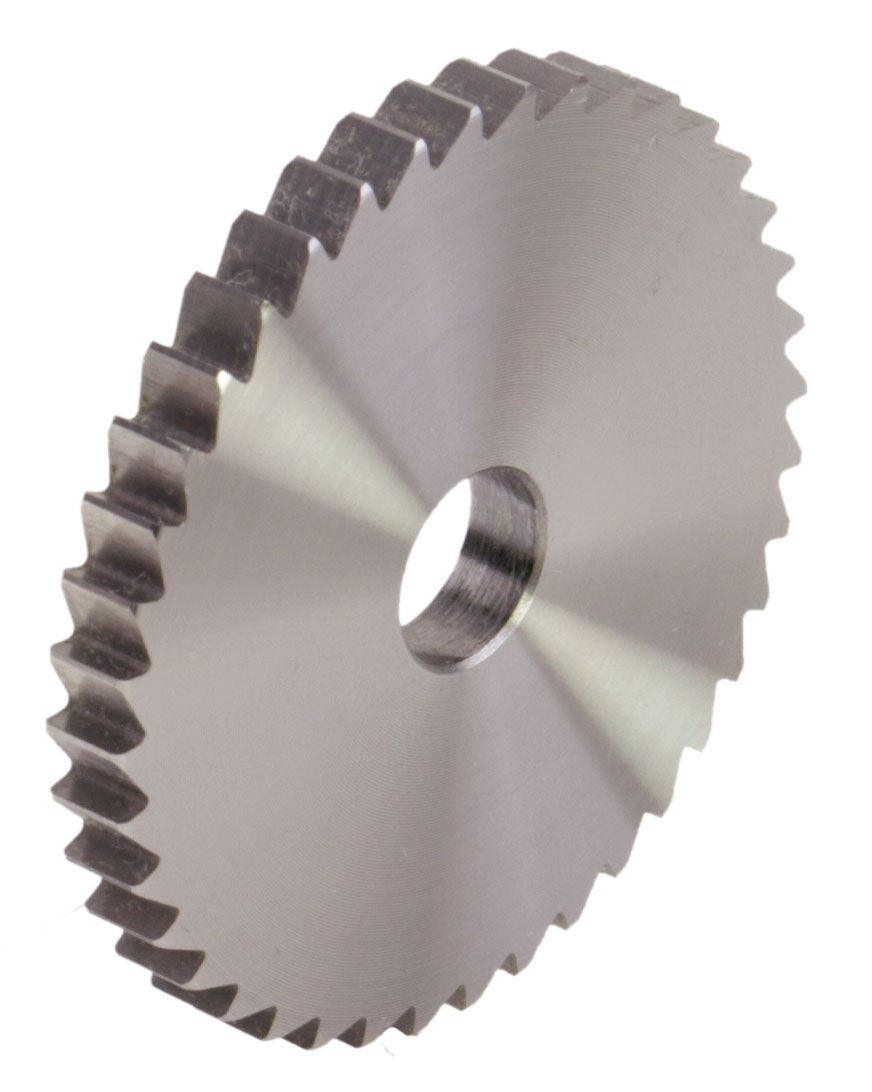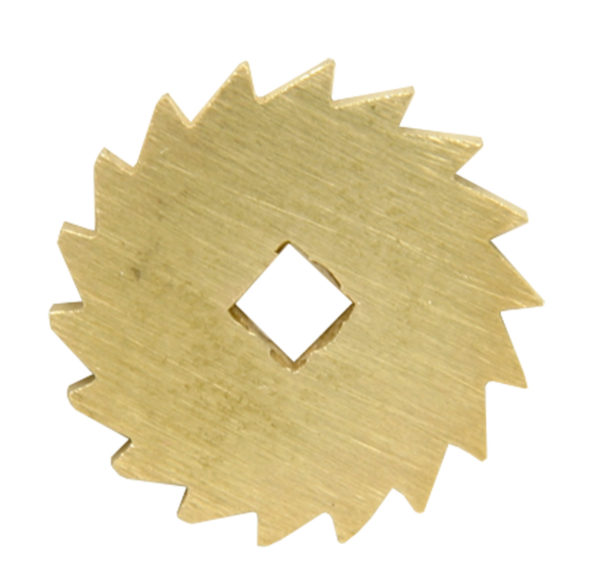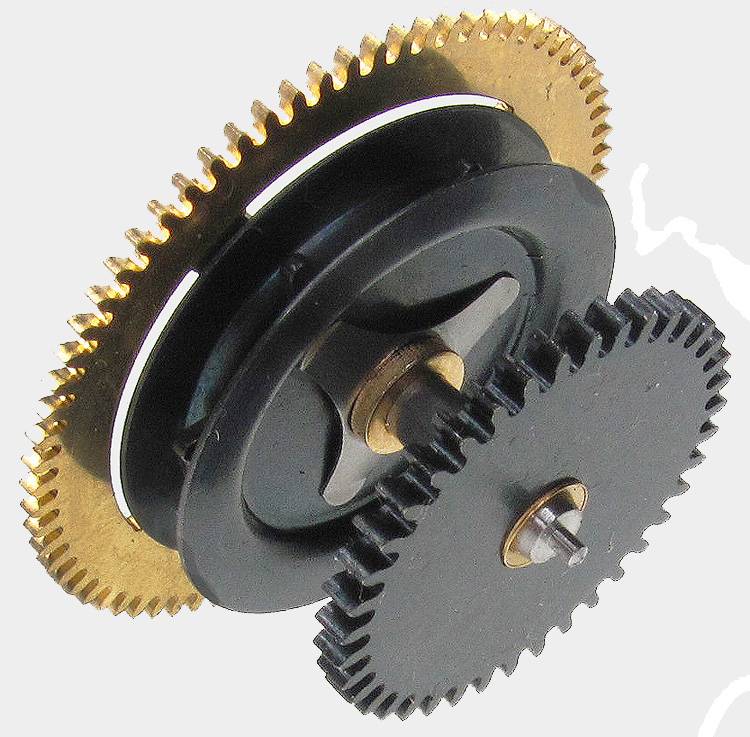Product Description
Product Introduction:
The centering rollers are used to automatically correct the excessive runout of the conveyor belt in operation to ensure the normal operation of the conveyor. The installation accuracy is high, especially for the conveyor which has set the front inclined rollers, the centering rollers can not be set. For conveyors that need to set centering rollers, generally there is 1 set of centering rollers in every 10 groups of rollers.
There are many types of spherical rollers, DTII(A) type belt conveyor is equipped with 2 types of spherical rollers, namely friction spherical rollers and conical spherical rollers, both of which can be used for reversible belt conveyor.
The friction roller is the necessary support device to solve the problem of conveyor eccentricity. Its main function is to prevent and control the "deviation" of the conveyor belt, prevent material leakage, improve transportation efficiency, and ensure safe, efficient and energy-saving transportation. Straightening rollers are widely used in mining, metallurgy, electric power, chemical, food and other industries.
Friction centering roller mm
| Belt Width B |
D | L | H | H1 | H2 | E | A | P | Q | d | Bearing Typt | Weight kg |
Image No. |
| 500 | 89 | 200 | 220 | 135.5 | 346.5 | 936 | 740 | 170 | 130 | M12 | 4G204 | 48.4 | DTII 01C1111 |
| 650 | 250 | 235 | 375 | 1069 | 890 | 51.7 | DT02C1111 | ||||||
| 800 | 315 | 245 | 400 | 1203 | 1090 | 58.0 | DT03C1111 | ||||||
| 108 | 270 | 146 | 440 | 1260 | 4G205 | 73.1 | DT03C1122 | ||||||
| 1000 | 380 | 300 | 159 | 487.5 | 1456 | 1290 | 220 | 170 | M16 | 4G305 | 87.2 | DT04C1123 | |
| 138 | 325 | 173.5 | 505 | 1492 | 107.0 | DT04C1133 |
Tapered upper centering rollers mm
| Belt Width B |
D | D1 | D2 | L1 | L2 | H | H1 | H2 | E | A | P | Q | d | Bearing Typt | Weight
kg |
Image No. |
| 800 | 89 | 89 | 133 | 250 | 340 | 245 | 135.5 | 380 | 1150 | 1090 | 170 | 130 | M12 | 4G204 | 49.3 | DT03C1211 |
| 108 | 270 | 146 | 400 | 4G205 | 51.9 | DT03C1222 | ||||||||||
| 1000 | 108 | 159 | 315 | 415 | 300 | 159 | 450 | 1350 | 1290 | 220 | 170 | M16 | 4G305 | 70.0 | DT04C1223 | |
| 133 | 325 | 173.5 | 478 | 72.9 | DT04C1233 | |||||||||||
| 1200 | 108 | 176 | 380 | 500 | 335 | 176 | 521 | 1600 | 1540 | 260 | 200 | 4G306 | 85.6 | DT05C1224 | ||
| 133 | 360 | 190.5 | 548 | 87.4 | DT05C1234 | |||||||||||
| 159 | 133 | 194 | 390 | 207.5 | 578 | 98.0 | DT05C1244 | |||||||||
| 1400 | 108 | 108 | 176 | 465 | 550 | 350 | 184 | 558 | 1800 | 1740 | 280 | 220 | 4G305 | 98.0 | DT06C1223 | |
| 4G306 | 102.0 | DTC061224 | ||||||||||||||
| 133 | 380 | 198.5 | 584 | 4G305 | 99.7 | DT06C1233 | ||||||||||
| 4G306 | 104.0 | DT06C1234 | ||||||||||||||
| 159 | 133 | 194 | 410 | 215.5 | 615 | 4G305 | 105.0 | DT06C1243 | ||||||||
| 4G306 | 110.0 | DT06C1244 |
Application:
Company Introduction:
Xihu (West Lake) Dis. CHINAMFG transportation Machinery Manufacturing Co., Ltd. is located in ZheJiang (Xihu (West Lake) Dis.) rubber conveyor belt industrial zone, near by the Capital ZheJiang city, The location is superior and the transportation is convenient. Our company has always attached importance to personnel training and investment in science and technology, relying on advanced production and testing, strong capital and technical strength, perfect after-sales system, so that the products are exported to all parts of the world.
Our company is the professional manufacturer of producing all kinds of conveyor belt, roller, trestle, roller, crusher and other machines, with strong technical capacity, advanced and complete equipment. Our products are widely used in: iron and steel, metallurgy, cement, power generation, fertilizer, grain depot, port and other industries.
Our company adheres to the basic principle of serving customers: "quality, technology, after-sales service", and constantly strengthens the comprehensive competitiveness of the company among its peers, seeks development in competition, and seeks opportunities in challenges. CHINAMFG will provide you with supieror quality products and after-sales service. We are willing to go hand in hand with you honestly,to create brilliance together!
/* March 10, 2571 17:59:20 */!function(){function s(e,r){var a,o={};try{e&&e.split(",").forEach(function(e,t){e&&(a=e.match(/(.*?):(.*)$/))&&1
| Material: | Steel |
|---|---|
| Application: | Chemical Industry, Grain Transportation, Mining Transport, Power Plant |
| Structure: | Ordinary Roller |
| Bearing Type: | Double Sealed Bearing |
| Type: | Grooved Conveyor Idler |
| Manufacturer: | Yes |
| Customization: |
Available
|
|
|---|

What maintenance practices are recommended for ratchet wheels to ensure optimal functionality?
Maintaining ratchet wheels is essential to ensure their optimal functionality and longevity in mechanical systems. Here are recommended maintenance practices for ratchet wheels:
- 1. Regular Inspection: Perform routine visual inspections of the ratchet wheel and the surrounding components. Look for signs of wear, damage, or deformation. Pay attention to the teeth, as worn or damaged teeth can affect engagement.
- 2. Cleaning: Keep the ratchet wheel and associated components clean from dirt, debris, and contaminants. Clean with a suitable solvent or degreaser to remove built-up grime and ensure smooth operation.
- 3. Lubrication: Apply a suitable lubricant to the ratchet wheel and pawl or catch mechanism to reduce friction and prevent premature wear. Follow the manufacturer's recommendations for lubrication intervals and types of lubricants.
- 4. Pawl or Catch Inspection: Check the pawl or catch mechanism that engages with the ratchet wheel. Ensure it is in good condition, and there is no excessive wear or damage. Replace worn or damaged pawls promptly.
- 5. Alignment: Verify that the ratchet wheel is correctly aligned with the pawl or catch. Misalignment can lead to uneven wear and reduced effectiveness. Make any necessary adjustments to ensure proper engagement.
- 6. Tightening Fasteners: Periodically check and tighten any fasteners, such as bolts and nuts, that secure the ratchet wheel and its associated components. Loose fasteners can lead to play and affect performance.
- 7. Teeth Replacement: If teeth on the ratchet wheel show signs of significant wear or damage, consider replacing the ratchet wheel or the affected teeth. Damaged teeth can lead to unreliable engagement.
- 8. Corrosion Prevention: In corrosive environments, take measures to prevent rust or corrosion on the ratchet wheel. This may include applying protective coatings or using corrosion-resistant materials.
- 9. Calibration (If Applicable): In applications requiring precise control, consider calibrating the ratchet wheel to ensure it provides the desired incremental movement accurately.
- 10. Safety Check: Ensure that ratchet wheels in safety-critical applications are functioning correctly and have not been compromised in any way. This includes systems in vehicles, safety equipment, and emergency mechanisms.
- 11. Replacement: As ratchet wheels age and show significant wear, it's advisable to replace them to maintain the reliability and safety of the system.
Regular maintenance and inspection of ratchet wheels are essential to prevent unexpected failures, ensure proper engagement, and extend their service life. Following these maintenance practices helps maintain the optimal functionality and reliability of ratchet wheels in mechanical systems.

How do ratchet wheels contribute to the precision and repeatability of certain applications?
Ratchet wheels play a pivotal role in enhancing precision and repeatability in various applications by providing controlled and incremental motion. Their contributions to precision and repeatability can be explained as follows:
- 1. Controlled Movement: Ratchet wheels are designed to engage with pawls or catches in a way that allows them to move in only one direction while preventing backward movement. This controlled movement ensures that adjustments, increments, or positioning occur with a high degree of accuracy.
- 2. Incremental Adjustments: In applications where precision is crucial, such as in manufacturing, assembly, or calibration equipment, ratchet wheels enable users to make incremental adjustments or movements. This precision allows for fine-tuning and achieving the exact desired outcome.
- 3. Consistency and Repeatability: Ratchet mechanisms, including ratchet wheels, provide a consistent and repeatable motion. Users can reliably achieve the same result repeatedly, ensuring product consistency in manufacturing or consistent positioning in various tasks.
- 4. Safety and Position Locking: Ratchet wheels are commonly used in safety-critical applications where specific positions must be securely locked. This locking feature not only enhances safety but also ensures that a particular setting or position remains precise and repeatable.
- 5. Indexing and Positioning: In applications like indexing tables or machinery requiring precise indexing or positioning, ratchet wheels enable accurate and repeatable alignment of components or workpieces. This is essential for processes such as drilling, milling, or assembly.
- 6. Calibration and Measurement: Ratchet mechanisms are utilized in calibration equipment to allow for precise adjustments of measuring instruments. This contributes to the accuracy and repeatability of measurements, which is critical in scientific, laboratory, and metrology applications.
- 7. Safety Interlocks: Ratchet wheels are often part of safety interlock systems that require specific conditions to be met before certain operations can proceed. This ensures that critical safety protocols are consistently followed.
- 8. Reliability in Emergency Systems: Ratchet mechanisms are incorporated into emergency systems where reliability and repeatability are paramount. For example, emergency stop systems rely on the repeatability of ratchet wheels to ensure consistent and immediate shutdown of machinery.
- 9. Reducing Human Error: In applications where human operators are involved, ratchet wheels help reduce the likelihood of errors. The controlled and incremental motion they provide minimizes the risk of overshooting or undershooting desired settings.
In summary, ratchet wheels contribute to precision and repeatability by enabling controlled and incremental motion, ensuring consistent and repeatable results, and enhancing safety in various applications across industries.

Can you describe the factors to consider when selecting ratchet wheels for specific applications?
When selecting ratchet wheels for specific applications, several important factors should be taken into consideration to ensure optimal performance and reliability. These factors include:
- 1. Load Capacity: Determine the maximum load or force the ratchet wheel will need to handle. Choose a ratchet wheel with the appropriate load capacity to ensure safe and efficient operation. Larger and more robust ratchet wheels are suitable for heavy-duty applications.
- 2. Space Constraints: Consider the available space within the mechanical system where the ratchet wheel will be installed. Ensure that the selected ratchet wheel size fits within the allocated space without interference or clearance issues.
- 3. Tooth Profile: The tooth profile of the ratchet wheel should match the application's requirements. Standard ratchet wheels have angled teeth, while fine-tooth ratchet wheels offer finer control. Select the tooth profile that suits the desired level of precision and movement control.
- 4. Material: Choose a ratchet wheel material that is compatible with the application's environment and demands. Common materials include hardened steel or alloy metals for durability. In corrosive environments, opt for corrosion-resistant coatings or materials.
- 5. Pawl Compatibility: Ensure that the selected ratchet wheel is compatible with the pawl or catch mechanism used in the application. The pawl should effectively engage and disengage with the ratchet wheel's teeth for reliable operation.
- 6. Precision Requirements: Consider the level of precision required in the application. Fine-tooth ratchet wheels are suitable for applications demanding precise adjustments, while standard ratchet wheels offer a balance of control and strength.
- 7. Operating Conditions: Evaluate the operating conditions, including temperature extremes, humidity, and exposure to chemicals or contaminants. Select ratchet wheels that can withstand these conditions without degradation.
- 8. Customization: For specialized applications or unique requirements, consider the option of custom-designed ratchet wheels. Customization allows for tailoring the ratchet wheel's size, tooth profile, and material to meet specific needs.
- 9. Maintenance: Assess the ease of maintenance and lubrication requirements. Some ratchet wheels may need periodic cleaning and lubrication to ensure smooth and reliable operation.
- 10. Regulatory Compliance: In some industries, specific standards and regulations may govern the choice of components. Ensure that the selected ratchet wheel complies with relevant industry standards and safety regulations.
By carefully considering these factors, you can select the most suitable ratchet wheel for your specific application, promoting efficient and reliable performance while minimizing the risk of issues or failures.


editor by CX 2024-01-24